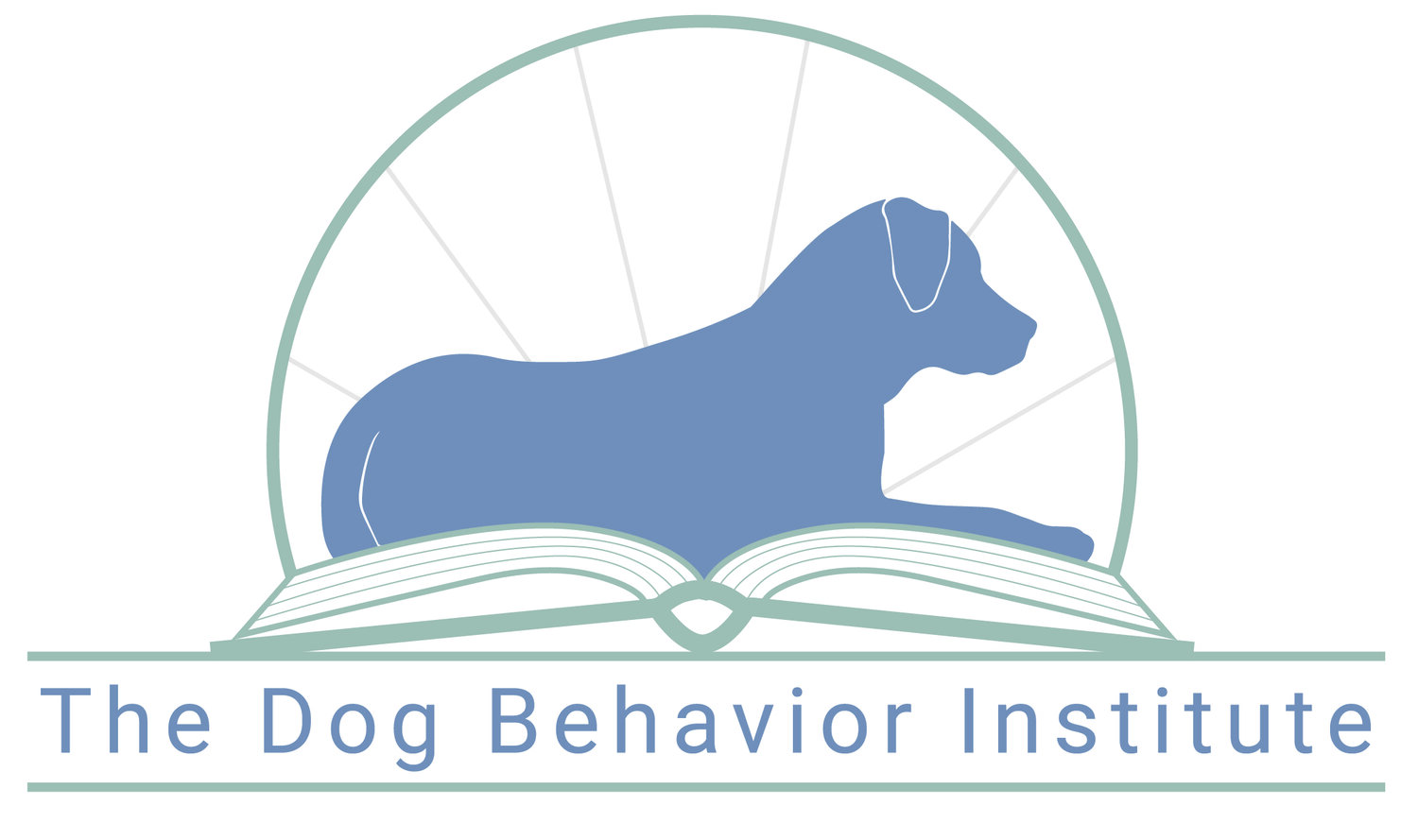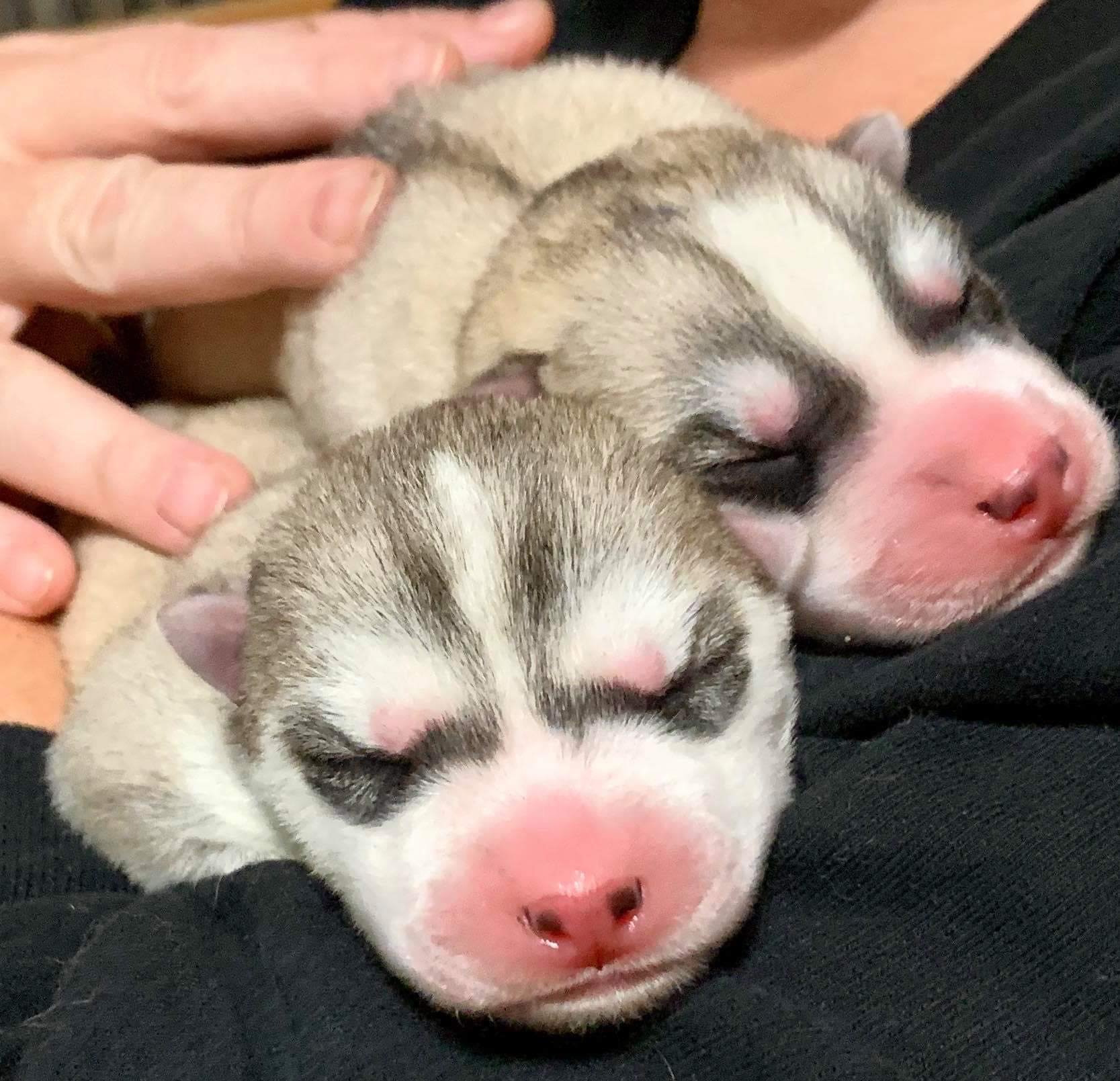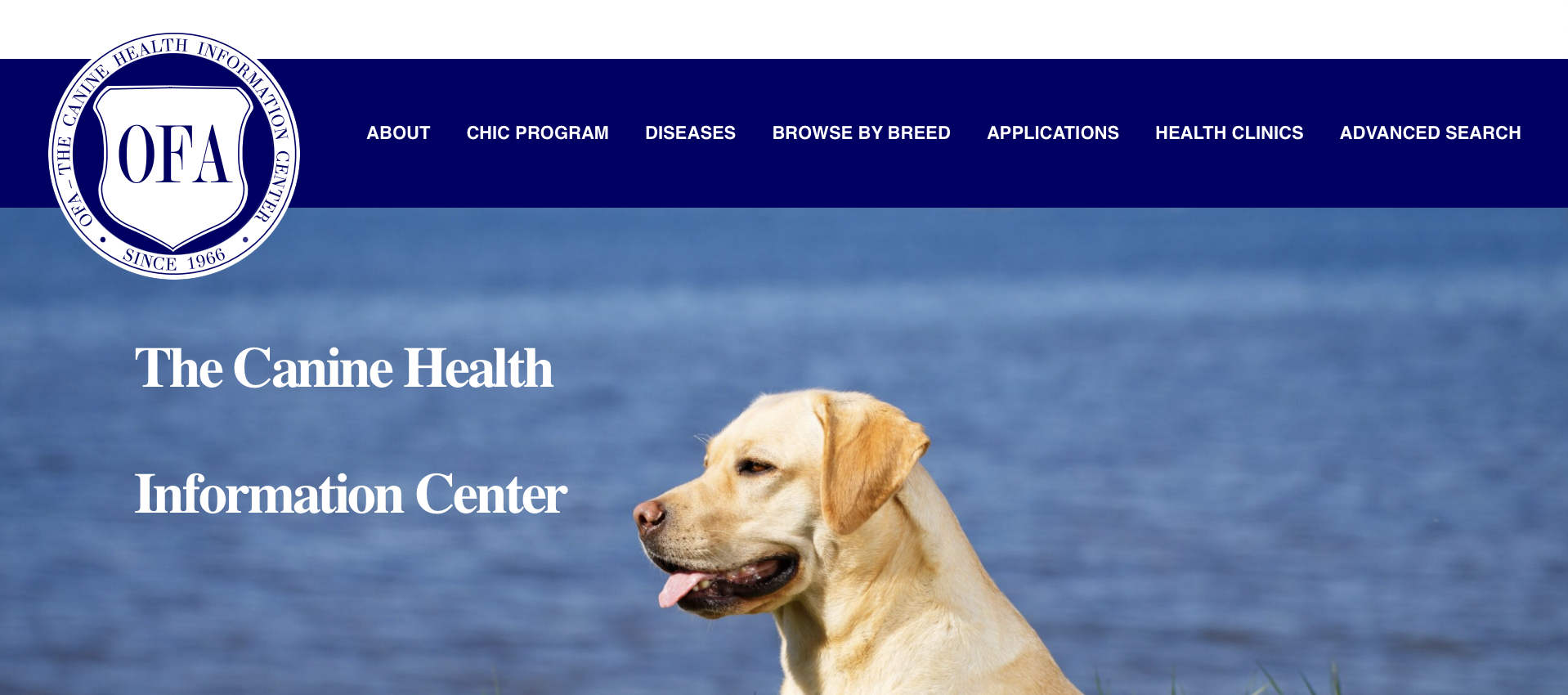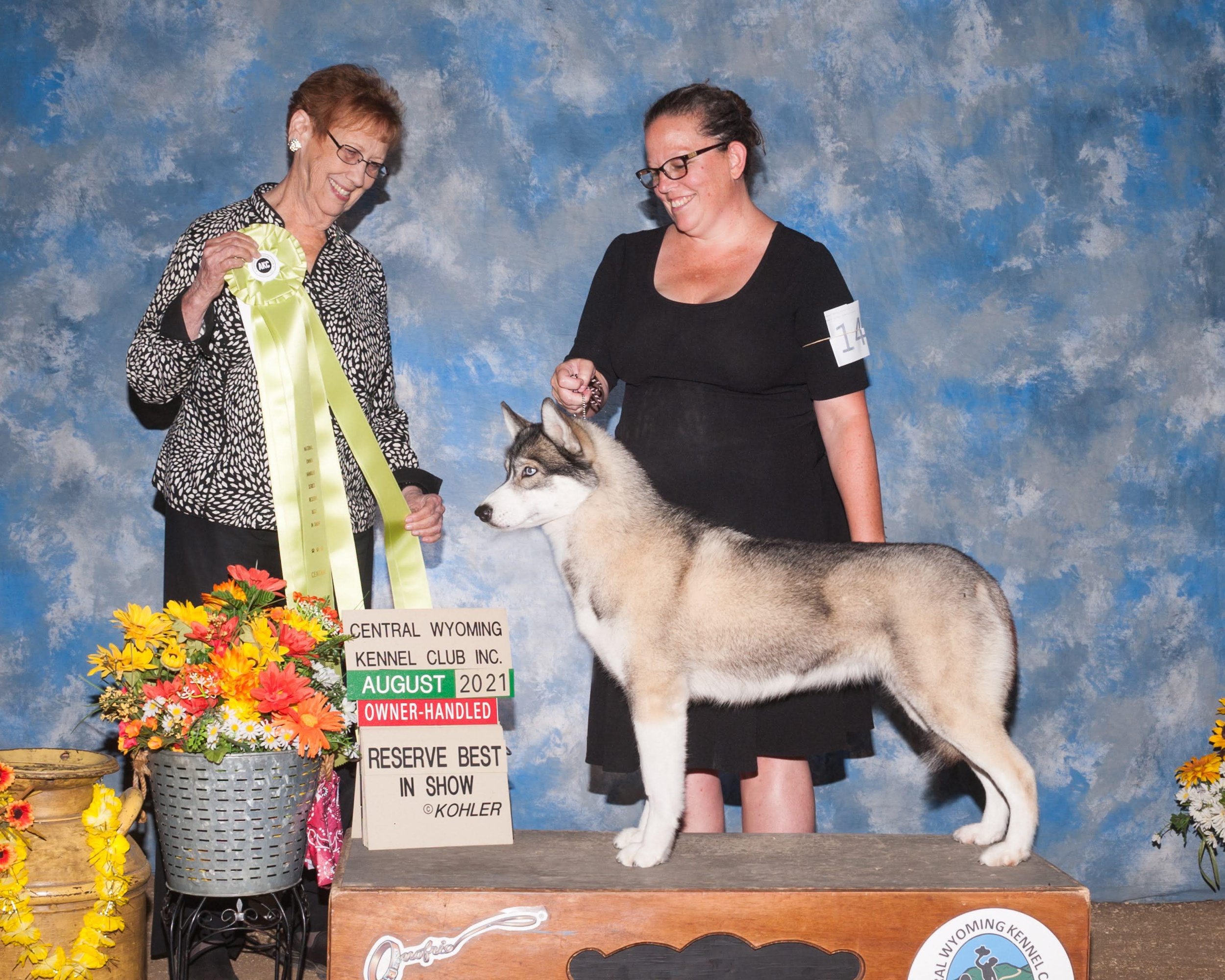What I’m looking for in a breeder
By Ran Courant-Morgan, M.S., BCBA, CCUI, ADT-IAABC, LFPE
Ran here! Given my occupation and love of dogs, I often find myself talking with friends and family members who are looking for their next dog, whether they are looking to adopt from a shelter, a foster-based organization, or a breeder. I have had three dogs myself as an adult, and each of them came from a different animal shelter. My plan, though, is that my next dog will be from a breeder.
As I have begun to consider my next dog (which will hopefully join our family in, oh, 5-10 years), I have been learning everything I can about breeders, expectations, requirements, timelines, red flags, and green flags. I don’t have all the answers, and I am sure that there is a lot of nuance in every aspect of this. However, I have put this list together while considering what I am looking for: a dog who is as healthy as possible, a breeder who will offer support to both me and my dog, and someone who adheres to what I have found to be “best practices.” For me, this is pretty far in the future and this list is subject to change - but in the meantime, here’s what I would be looking for right now, if I were looking to get a puppy soon.
I want the breeder to pick the puppy.
The breeder should have a good sense of their dogs over generations, of what past successful homes have looked like with their dogs, and who might be a good fit for me and my family. If a website offers “first pick” for an extra cost, or says that you can choose your puppy, that’s a red flag. It’s so easy for the average person to pick the puppy who is the cutest, without considering the behaviors that might make that puppy a good or not-so-good fit for their lifestyle. That said, some breeders will take preference into consideration, and will allow their prospective families to list preferred puppies from those available, and then use that information to make the best match - if all things are equal, but the family prefers one puppy over the other, that can work great! Again, expressing preference is fine, but the choice should be all on the breeder.
BISS GCH Mirage’s CloudPeak Coup d’Etat (Rebel) and his sister Mirage’s CloudPeak Forevermore (Jasmine)
Health testing.
There is health testing that is recommended by the Orthopedic Foundation for Animals (OFA) for each breed (you can browse by breed here), and you can read about it here. “Best practices” for testing is determined by the parent club for each breed, recognized by the American Kennel Club (AKC). In addition to OFA certifications, it’s ideal to also see a CHIC number; the OFA says “a CHIC number is issued when test results are entered into the database satisfying each breed specific requirement, and when the owner of the dog has opted to release the results into the public domain.” This helps verify that the breeding dogs’ eyes have been cleared along with the recommended joints and sometimes the heart - again, depending on the breed.
If I am looking at a breeder, I will search for their kennel on the OFA website. I want to see all health testing up to date on the specific dogs that are being bred, not just other dogs from the line. Sometimes the most up-to-date tests take some time to post, but breeders can share that information. Some of the testing, like eyes in some breeds, are recommended to be done annually - so showing results from a few years ago is not actually relevant. Mentioning health testing does not mean a breeder has done it, and producing one test result does not mean that all recommended testing has been done.
The parents are an appropriate age.
The recommendation that I have seen is that parents should be over two years old; however, I will note that I can find limited evidence-based resources on this. The Goddard Veterinary group says “The first thing to consider is her age – as a rule of thumb, dogs start their seasons in their second year of life; however, this is really variable – especially between breeds… Generally speaking, however, it is never wise to breed a bitch for the first time under 1 year of age and over 7. For most dogs, however, 2 years of age is the safe minimum.” It is worth noting that the OFA will not do any testing beyond “preliminaries” before 24-months of age. Many of the health issues in different breeds don’t become apparent until after age 2 (interestingly, this is when my dog was diagnosed with hip dysplasia!), and so breeding before then may not meet the health standards from above. Dogs are also still maturing up to age 2, and so the breeder will have a better understanding of the dog’s behaviors, what activities they enjoy, and what environments they might thrive in at that age than when they are younger.
Conformation titling.
CH CloudPeak’s Evening Primrose “Prim”
Ideally, I’d like to see some conformation titling or an explanation of why the dog isn’t titled. Dogs can get titles through a number of dog sports, but my understanding is that most dogs who are being bred should have conformation titles. Dog breeders should be seeking to preserve and/or promote the breed, and this means being in spaces with other dogs of the same breed. For many breeders, this means showing in conformation to ensure that their dogs are an ideal example of the breed. As one breeder I know explained, “This is basically your "breeding stock" being judged by individuals with a lot of background in the breeds and education by the AKC. I personally will show in UKC for fun, but for purchase and breeding will only breed to AKC champions or higher because the AKC's standards are more precise and they use the standard set by the breed parent club.”
CloudPeak’s Lupercalia
Lifetime support.
The breeder should require that, if you cannot keep your dog at any point in its lifetime, they will take it back. Breeders should be dedicated to their dogs.
A breeder should be producing only 1-2 types of dogs.
This focus allows the breeder to be deeply familiar with their breed, what to expect from their dogs, and to continue to promote their breed of interest. I recently saw a website from a “licensed breeder” who had 12 (twelve!!) different breeds listed for sale. There were many other flags on this particular website, but I want to focus here just on the breed aspect. When a breeder focuses on “their” breed, they are truly an expert on that type of dog and are better positioned to support their puppies’ families through the dogs’ development and growth over time.
Socialization.
They actively mention socialization and take steps to socialize their puppies. There is so much that can be done with young puppies to help prepare them for the wider world! There are several programs out there that prescribe how best to do this, and I am not well-versed enough in them to recommend one over the other, but any description of socialization, including meeting different types of people, being carefully exposed to different environments (within best practice guidelines - the process of exposing brand new puppies is a different process than when puppies go home! You can read more about socialization in this fantastic book.), and being introduced to different surfaces and sounds, are all green flags for me. I see a lot of people talking about Early Neurological Stimulation (ENS) and have heard different things about this - for me, right now, it’s not a green flag or a red flag, but something I need to do more research into.
They have a waitlist.
Breeders should ideally have homes available for all their puppies before the puppies are born; a long list of “available now!” puppies is a big red flag for me. That said, things happen - sometimes a family that was on a waitlist falls through, or the perfect fit is not available for the family on the list. It’s not a red flag if there are one or two puppies looking for a home, but several puppies on the ground who are still available gives me pause. Similarly, a long(ish) waitlist is a good thing! I expect to wait around 6-9 months for my puppy once I’m ready.
Any mention of training is based in positive reinforcement.
Some red flags for me including mentioning the following terms: leadership, pack, correction, hierarchy. A breeder who is using punishment with their dogs (part of “balanced training”) is also risking all of the side effects of punishment, and there’s quite a bit of evidence that maternal stress has enormous impacts on puppies’ resilience throughout their lifetime (Serpell, James & Duffy, Deborah & Jagoe, John. (2016). Becoming a dog: Early experience and the development of behavior. doi: 10.1017/9781139161800.006.). I want to ensure that the mama of my new puppy is confident and comfortable throughout the course of her life.
And more! Some other things that I might look for include color, size, and what activities the breeder’s dogs have been successful in. For example, I am really excited to have a dog who can do agility - but will also be happy to snuggle on the couch. I am looking for breeders who mention that their dogs do sports, but also are excellent pets.
Dog breeding, like dog training, is entirely unregulated. There are many “breeders” who have shiny websites that make them appear legitimate, but are really masks for puppy mills, and their systems are getting more sophisticated all the time. Many puppy mills list “breeder license numbers” on their websites, which lend to an air of authenticity - but that does not make them a legitimate breeder. Some breeders post about health testing, but only list Embark as the source. While Embark may offer some helpful information, it is not sufficient health testing for breeding. Ask for references, ask to meet the parents, and ask for information about previous generations. If you are looking for a puppy from a good breeder, take the time to do your research, ask questions, and trust yourself if something feels off.
Most breeders are very excited about their breed, their dogs, and talking to people about why they love them! I have not yet done so, but I hope to attend some shows in the future to meet more dogs and their breeders and learn more about who I might be working with. The people I have reached out to via email have been very eager to talk and supportive, sharing a ton of helpful information. I can't wait for our future puppy and, although the puppy isn't coming home soon, I'm excited to use the time until then to find the right fit for me. I am actively researching breeders, connecting with people to learn more about their breeding programs, and trying to meet dogs who might be a good fit. I wish you, too, all the best in your search!
*A special thank you to my cousin, Melissa Haxton Edwards and Breeder of Merit of Cloudspeak Siberians, for both reviewing my list, listening to me talk about puppies, and for providing some pictures for me to share with this post! Thank you, too, to Sarah Rodriguez for sharing pictures of her dog Jerry, and to Haley Furman for helping me sort through lists of prospective breeders.





